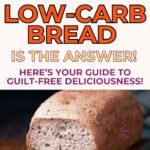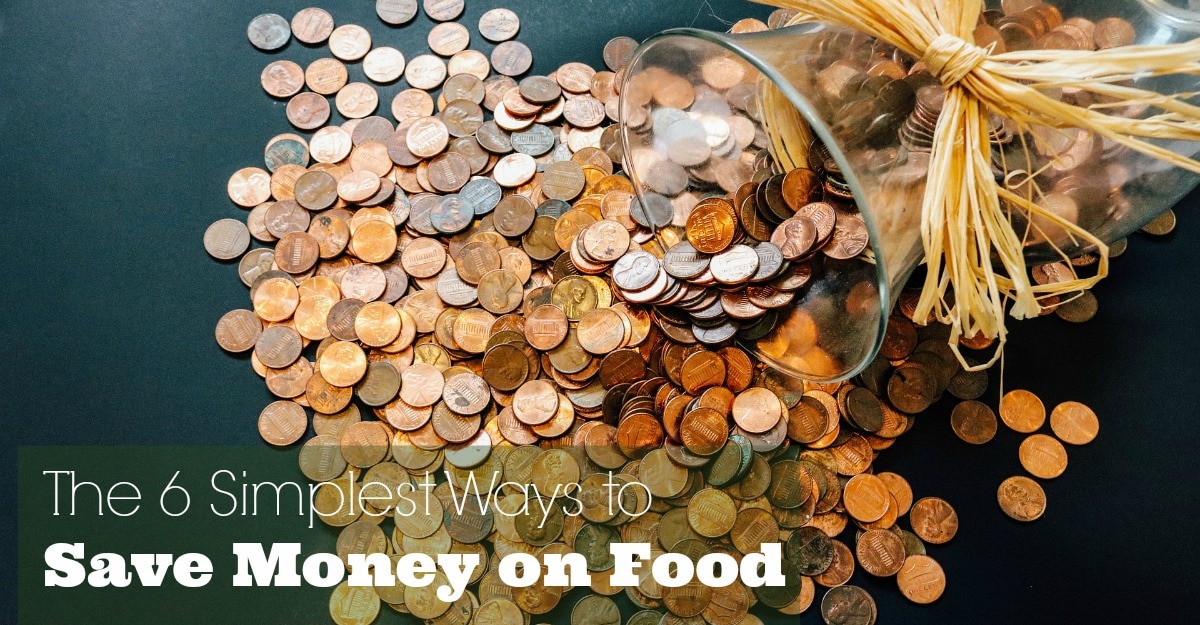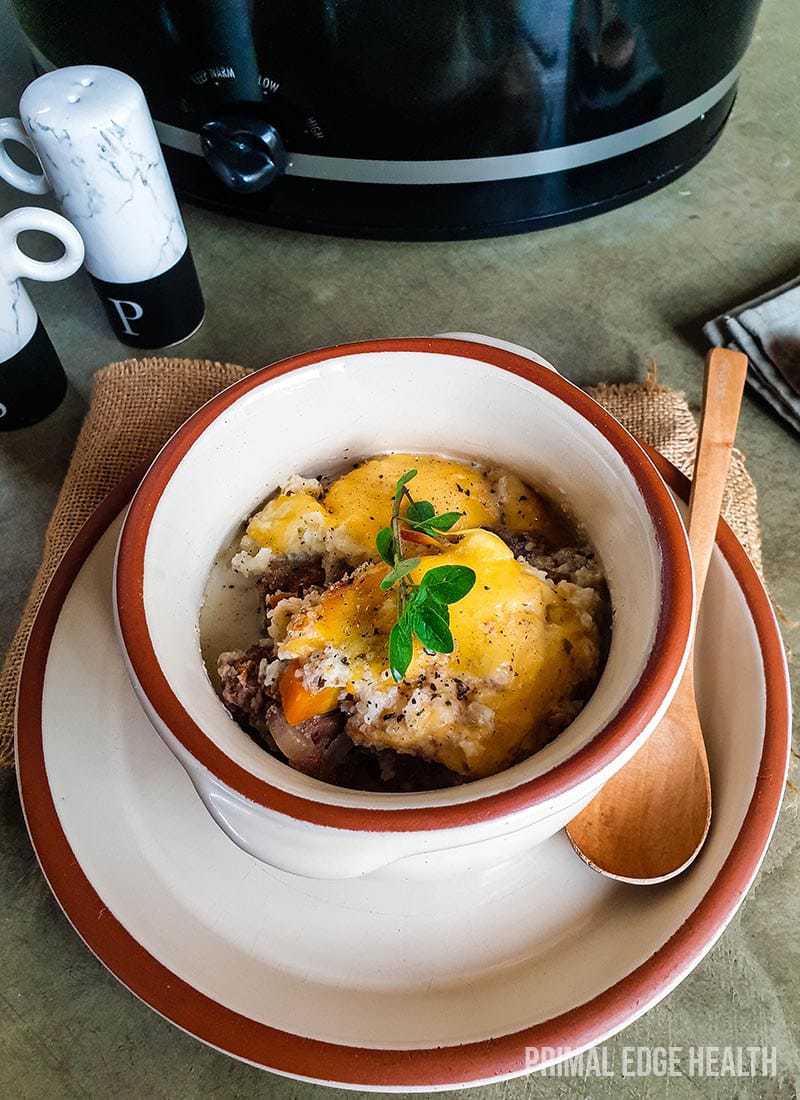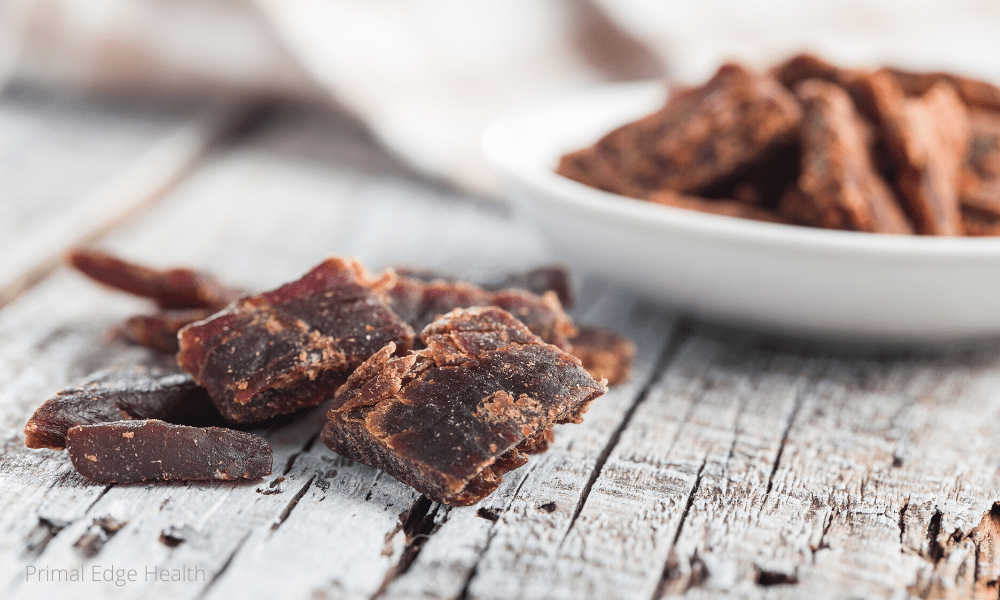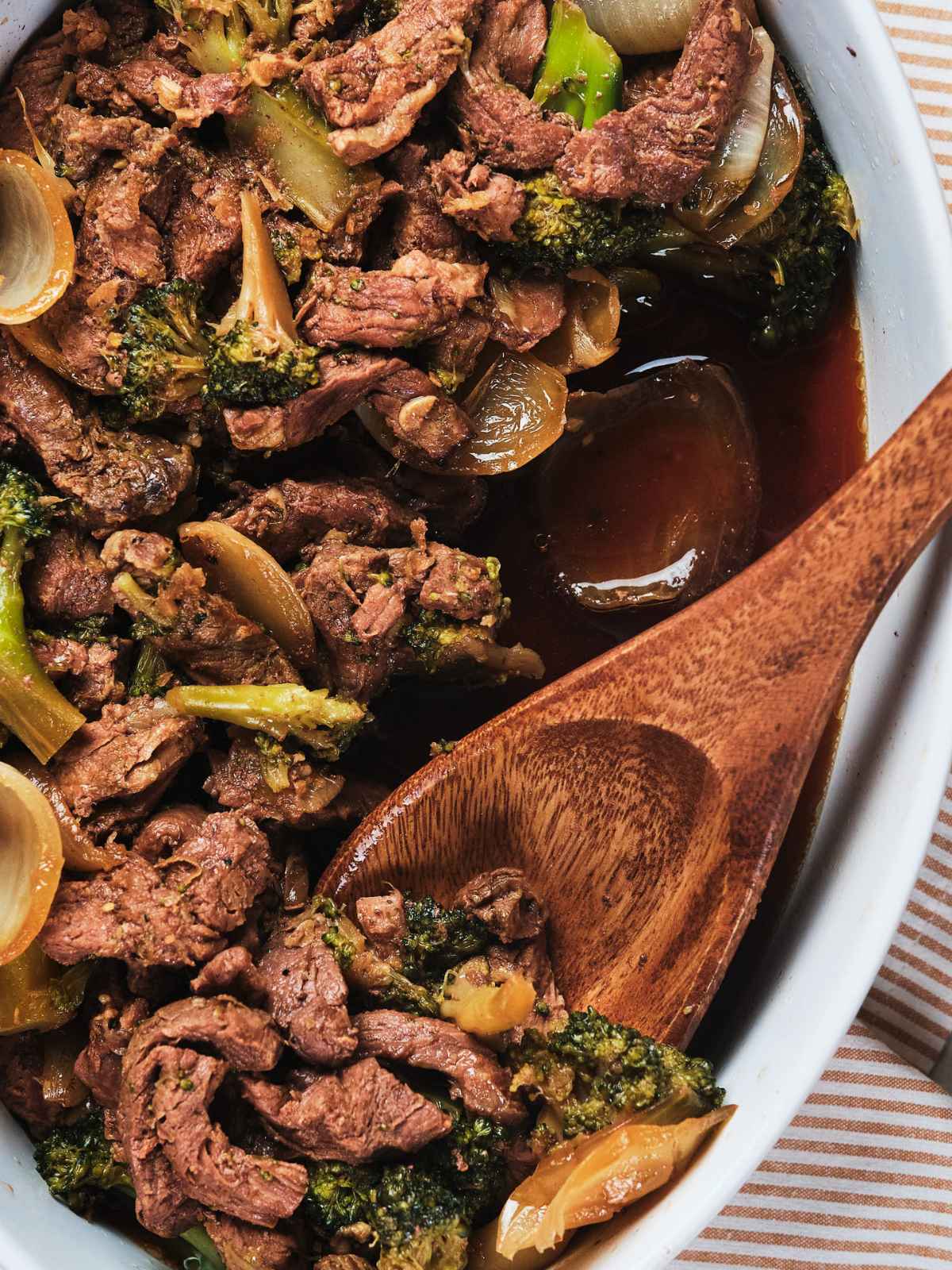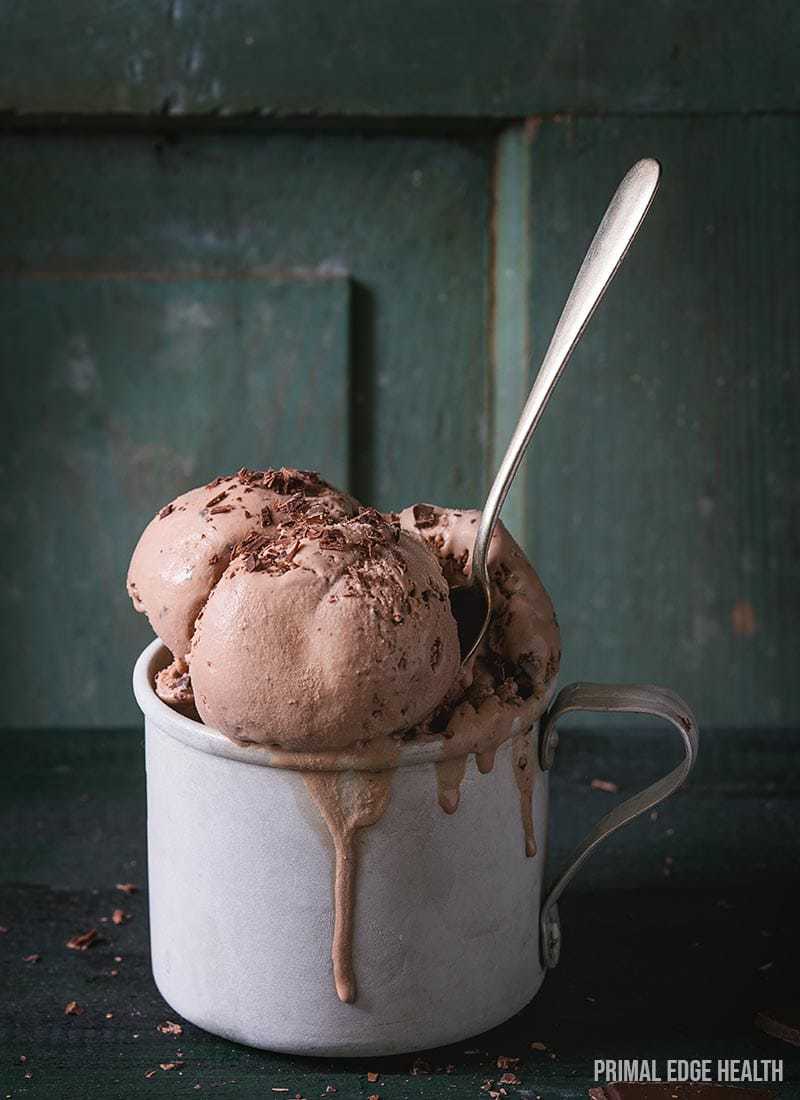Your Ultimate Guide to Low-Carb Bread
Primal Edge Health participates in the Amazon Services LLC Associates Program and other affiliate programs and therefore, may collect a share of sales or other compensation from the links on this page. This comes at no additional cost to you, and all the prices and availability are accurate at the time of publishing.
A low-carb lifestyle doesn’t mean you have to say goodbye to bread. With the right recipes and ingredients, you can still enjoy the warmth and comfort of freshly baked low-carb bread while filling your house with an aroma that only bread can make.
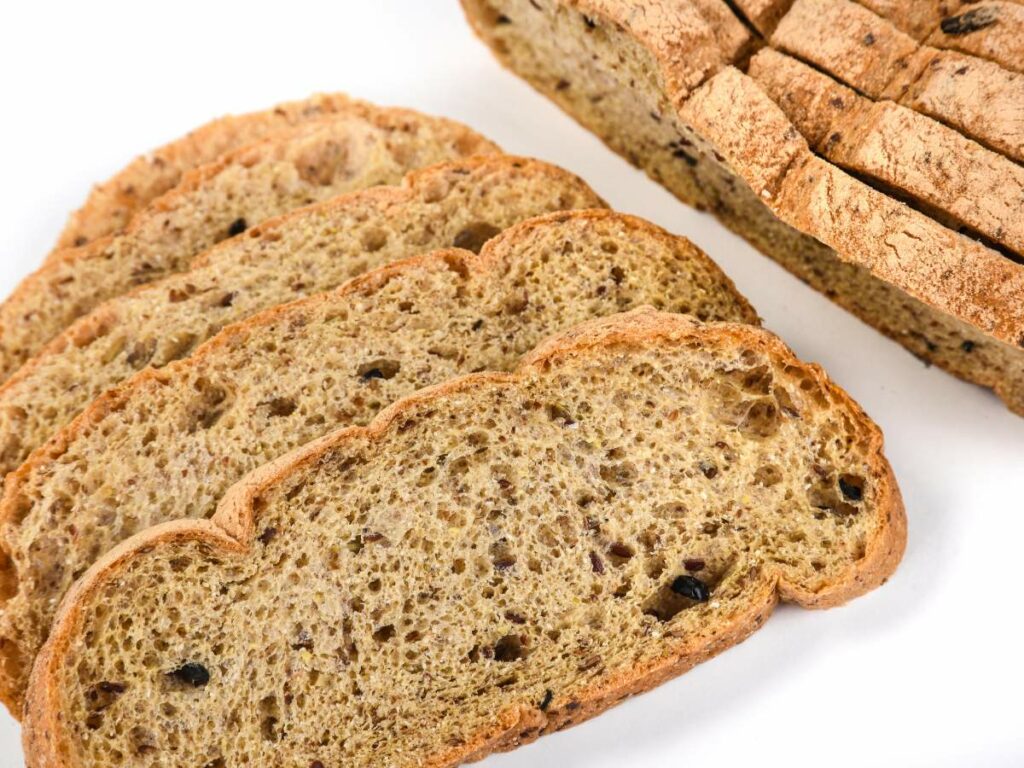
Growing up, bread has always been a staple in our household. I’m pretty sure most of you can relate, too. So, when I started my low-carb journey, bread was one of the first things to go.
Luckily, I didn’t have to live a bread-less life for too long. If you’re on a low-carb diet but still want to enjoy bread in your daily diet, here’s everything you need to know.
Table of Contents (click to view)
What is low-carb bread?
Low-carb bread is a great alternative to traditional breads that typically contain high levels of carbohydrates. Not only that, but they are generally naturally gluten-free when homemade.
Understanding the nutritional content, such as calories, net carbs and ingredients, is key when making or buying a low-carb bread. This will help to align with personal health goals and dietary preferences, which are very individual.
There are a variety of products on the market and in grocery stores, including white bread, wheat bread, sprouted whole-grain, gluten-free multigrain varieties, keto-labeled bread and everything in between.
Some of these breads offer some benefits due to ingredient choice and being slightly lower in carbs, but they still are much higher than homemade breads. Homemade low-carb and keto bread, however, are often created using alternative flours and fibers that lower the carb content while striving to provide a similar taste and texture as regular bread.
Be warned, however, about any bread labeled keto. Most of these breads are not, in fact, keto and usually contain gluten.
Low-carb bread recipes you need to try
If you’re new to low-carb bread, the easiest way to get an introduction is by buying low-carb bread. However, your diet might not agree with the ingredients found in some ready-made breads. Plus, there’s little you can do about the taste.
The best alternative? Make your own low-carb bread at home. This way, you can enjoy everything you love in regular bread but without the guilt. I even add slices of these delicious bread to cheese or butter boards when I’m entertaining! Here are the best recipes you can start with:
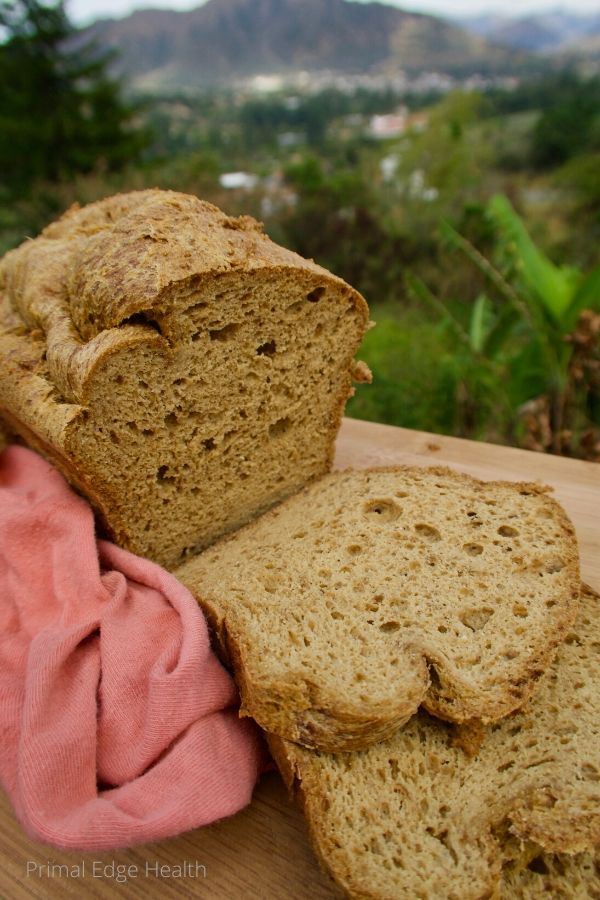
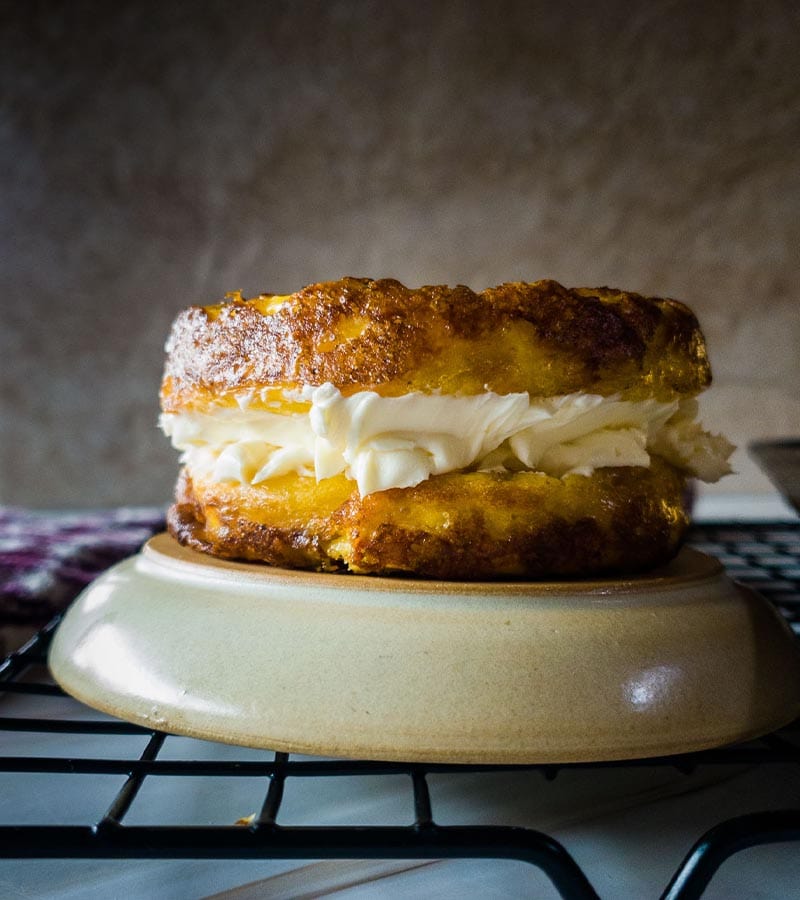
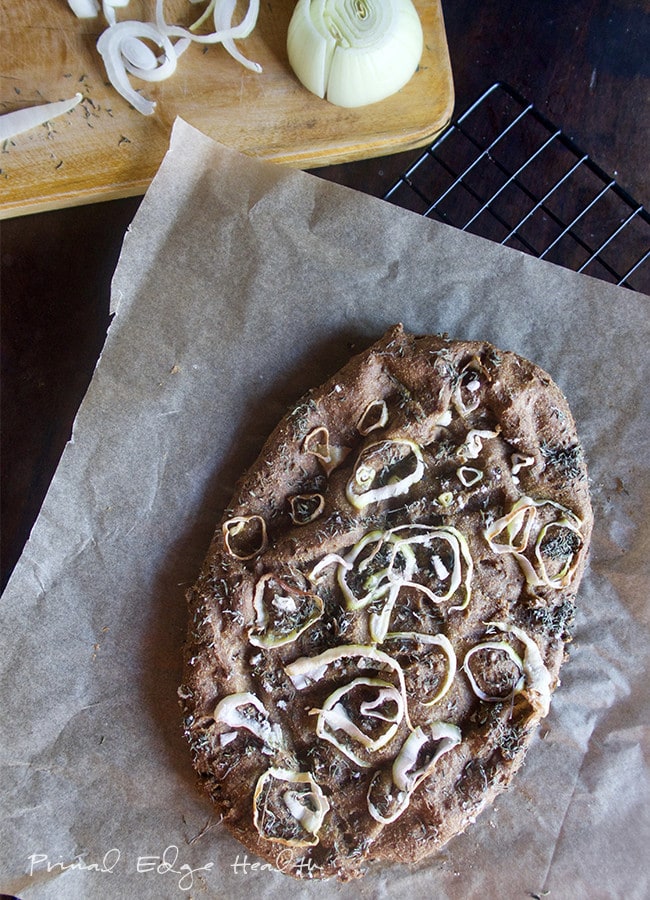
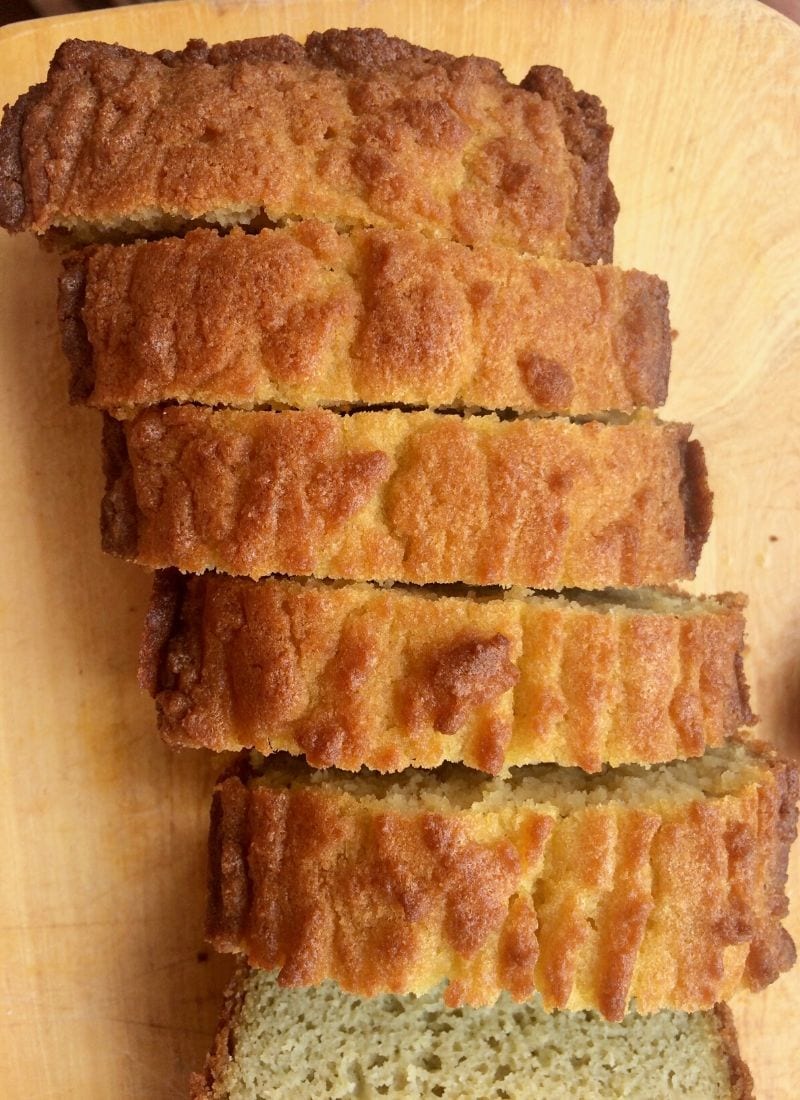
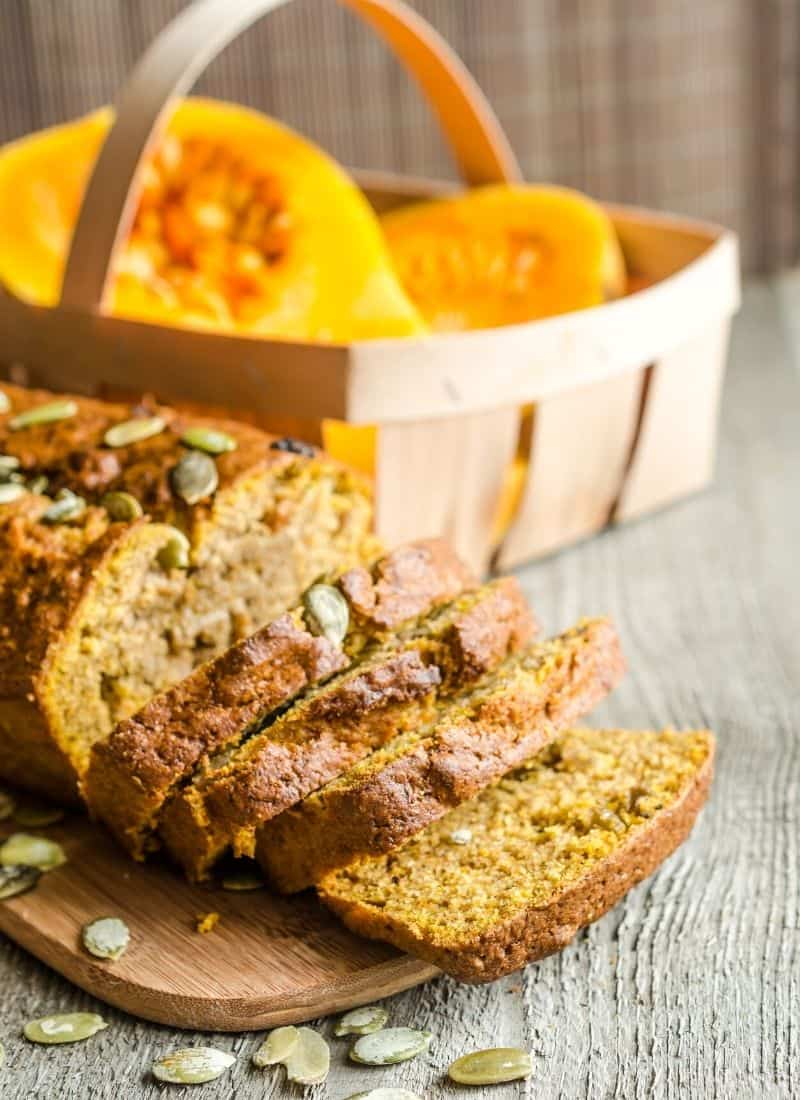
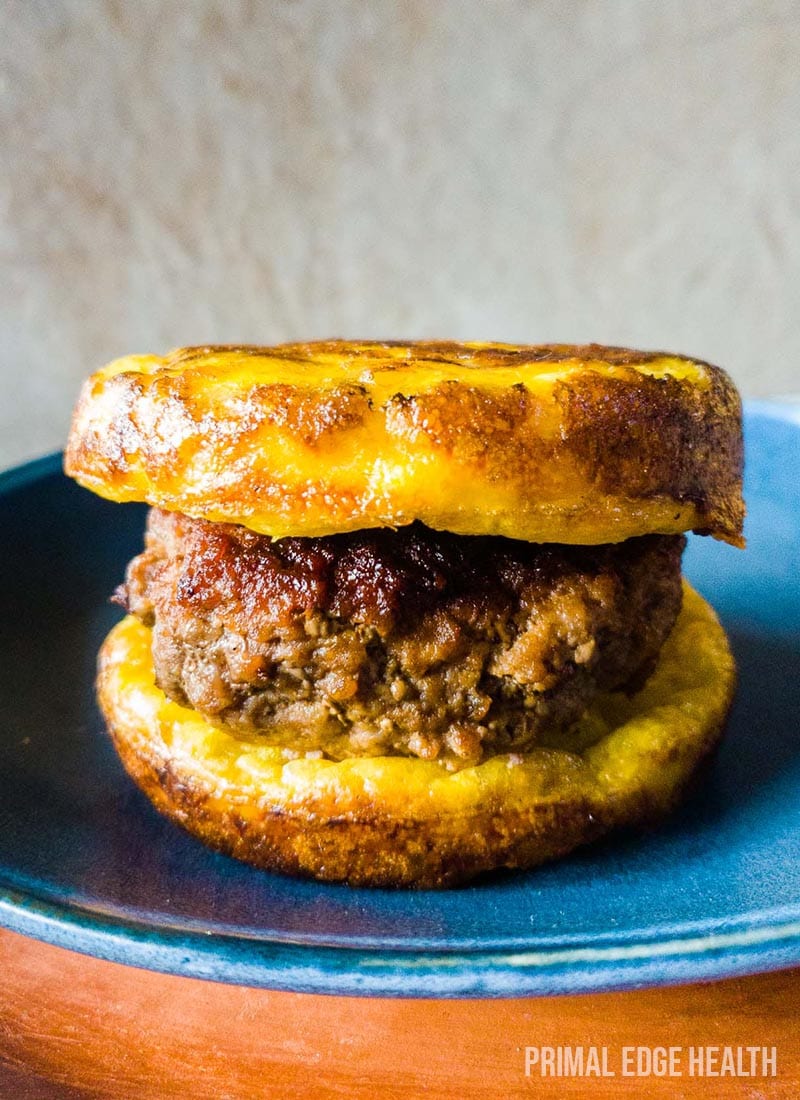
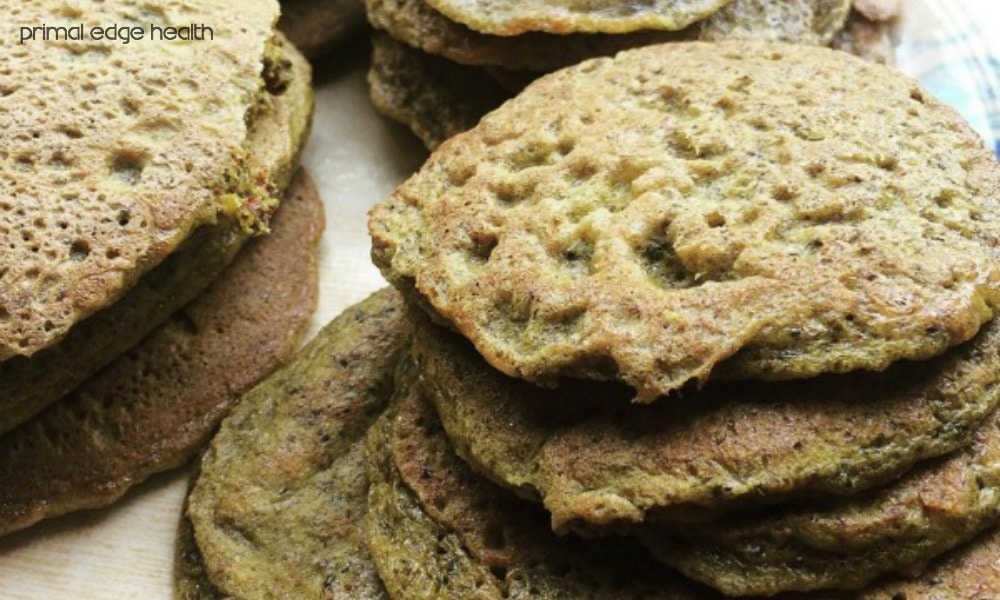
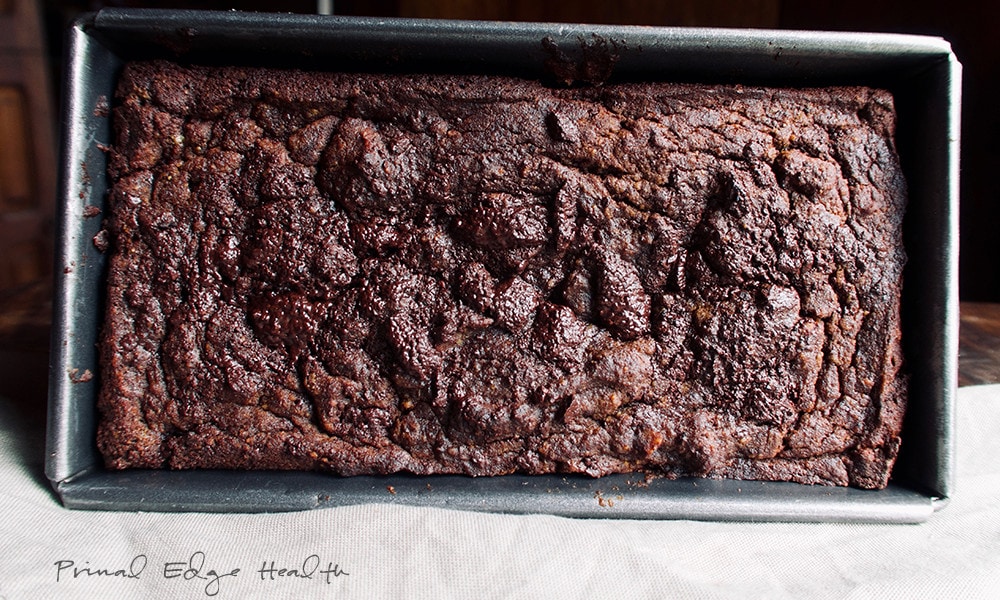
Carbohydrates in bread
Regular bread is typically high in carbohydrates because it is made from refined wheat flour, which is mostly starch. This starch is composed of long chains of glucose. For more context, here’s the nutrition info on one slice of white bread, according to the USDA.
| Nutrient | Amount |
| Calories | 66.6kcal |
| Carbohydrates | 12.3g |
| Protein | 3g |
| Fiber | 12.3g |
| Total sugars | 1.4g |
On the other hand, low-carb bread is designed to have a lower carbohydrate content. These bread alternatives often incorporate ingredients like nut flour and increase dietary fiber, which does not affect blood sugar levels as significantly. A nutritional analysis by dietitian Claudia Thompson highlights that low-carb breads vary widely in their carbohydrate content and ingredient composition.
There is a great homemade option for those who want to be even stricter on their carb intake. This zero carb bread is not only unique but also tastes amazing and works beautifully in the toaster.
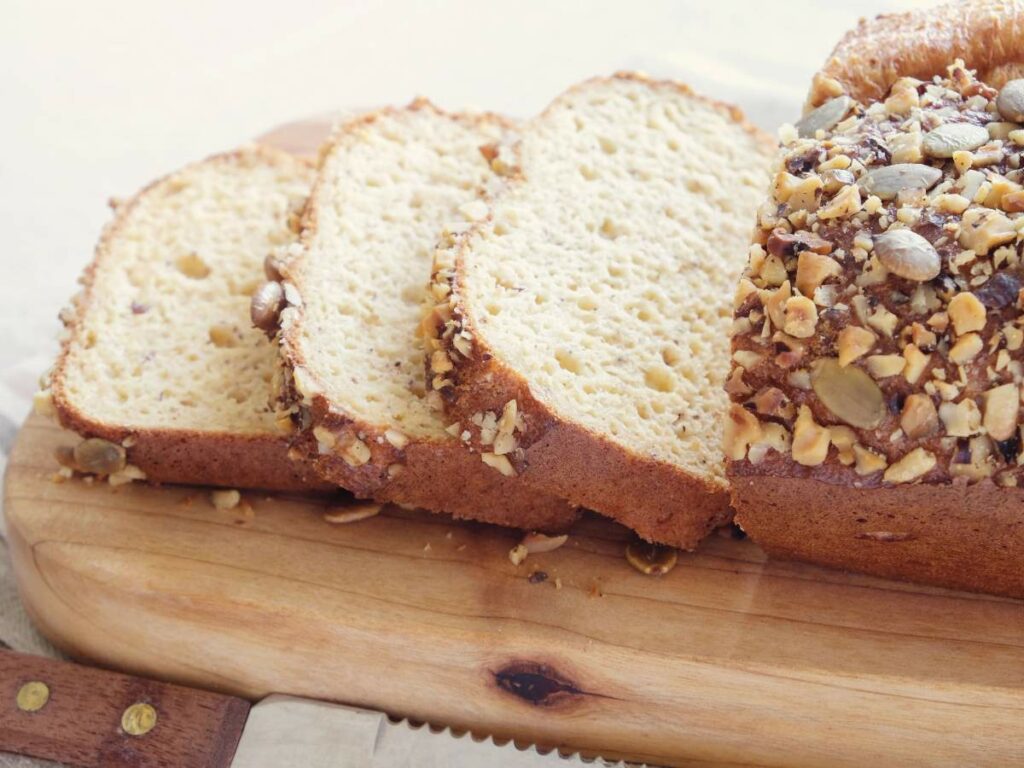
Benefits of low-carb bread
According to Diabetes Strong, the benefits of low-carb bread include better blood sugar control, which is crucial for individuals with diabetes or anyone looking for optimal health. Substituting regular bread with low-carb alternatives can help prevent the spikes in blood sugar levels often caused by high-carb foods.
Additionally, the Mayo Clinic suggests that low-carb foods can support weight management efforts. They typically have a higher protein and fiber content than traditional bread, contributing to increased satiety.
Many low-carb breads are made with high-fiber ingredients like flaxseed, almond flour, or psyllium husk. According to Cornell, fiber can help digestion go along smoother, which helps prevent issues like constipation.
For those following a ketogenic diet, low-carb bread can help maintain ketosis. Ketosis is a metabolic state where the body burns fat for fuel instead of carbohydrates. In turn, this can help you manage weight more easily and feel more energized.
Lastly, if the breads are homemade, they simply taste better. They also will be void of all the fillers and unnecessary ingredients that it is best to do without anyway.
Ingredients and substitutes
Creating low-carb bread involves selecting the right ingredients that provide texture and taste without the high-carb content of traditional bread. There are many options to play with, but some ingredients are pretty standard.
Low-carb breads often rely on a blend of alternative flour and binding agents that are lower in carbohydrates than conventional wheat flour. Some of the common ingredients include:
- Almond flour: An essential in many low-carb baking recipes, offering a rich flavor and moist texture.
- Coconut flour: Highly absorbent and provides a light, soft texture.
- Flaxseed meal: Adds fiber and a slight nuttiness, plus it can act as a binder.
- Oat fiber: Adds bulk and structure while improving moisture retention.
- Psyllium husk powder: A fiber supplement that helps give structure to the bread and is essential for gluten-free recipes.
- Eggs: Provide structure and leavening to help mimic the texture of traditional bread.
- Baking powder: A leavening agent necessary for the bread to rise.
- Xanthan gum or guar gum: Used in small quantities to improve elasticity and texture.
“I love making low-carb bread using oat fiber or a mixture of it. It gives the bread its texture, real bread look and a lovely almost wheat-like flavor.”
— Zuzana Paarr, Lowcarb-Nocarb
Common substitutes for high-carb ingredients
Now, if you have a traditional bread recipe and are looking for substitutions, the most common substitutions are listed below. Sometimes, it takes a little trial and error to get everything substituted with the proper ratios.
- Instead of sugar, sweeteners like erythritol, stevia or monk fruit can provide sweetness without adding to the carb count.
- Switch out high-carb fruits and vegetables for lower-carb alternatives. For instance, you can replace bananas with zucchini or pumpkin in sweet bread recipes.
- Low-carb bakers often utilize almond or coconut milk as a substitute for milk.
- You can include apple cider vinegar to activate the leavening agents and add to the texture of the bread.
- Replace traditional grain-based flours with nut and seed flours like almond or flaxseed meal.
- In recipes using yogurt or sour cream, opt for full-fat Greek yogurt or coconut cream. Greek yogurt is lower in carbs and adds tang, while coconut cream offers a rich, dairy-free option with a subtle coconut flavor.

Low-carb bread baking tips and tricks
Low-carb flour tends to be more absorbent than their high-carb counterparts. This means that hydration levels in your dough will need to be adjusted. For example, coconut flour requires significantly more moisture to prevent the bread from becoming too dry and crumbly. Experimenting with added liquids, such as water, milk or even vegetable purees, can help achieve the right dough consistency.
Low-carb bread also often requires different baking times and temperatures compared to traditional bread. This is due to the varied composition and density of the dough. It’s not uncommon for low-carb bread to need a lower baking temperature and a longer time in the oven to ensure it is cooked through without burning the exterior. Monitoring your bread closely during baking and making adjustments based on its appearance and texture is key.
Perhaps the most important tip in low-carb bread baking is the willingness to experiment. Due to the wide range of alternative flours and their unique properties, what works for one type of bread may not work for another. Trial and error, along with patience, are essential components of finding the perfect combination of ingredients, hydration, leavening and baking conditions.
It is important to have fun and play with the ingredients. If you don’t know where to start, find a good base recipe, make it and start modifying it to fit your tastes.
The perfect staple for your low-carb lifestyle
Low-carb bread is a tasty and healthy alternative that lets you enjoy the comfort of bread without straying from your low-carb or keto goals. With the right ingredients, benefits and baking tips, you can easily make low-carb bread a regular part of your diet without losing out on flavor or texture.
Portions of this article originally appeared on Food Drink Life.

